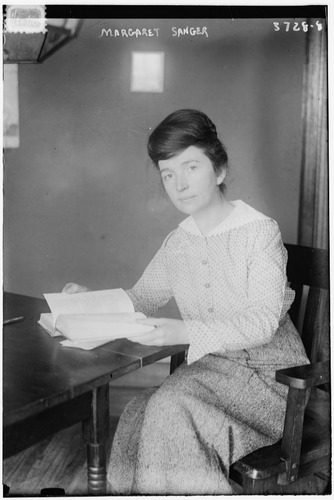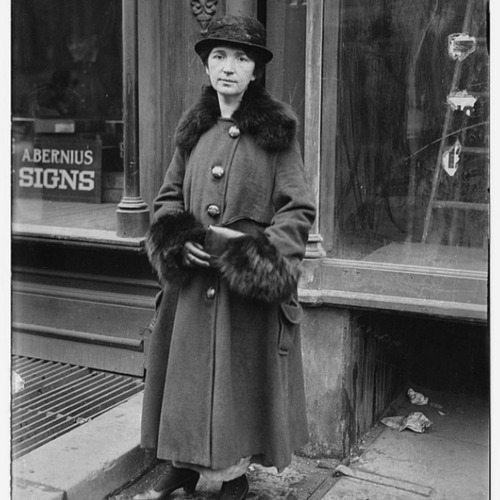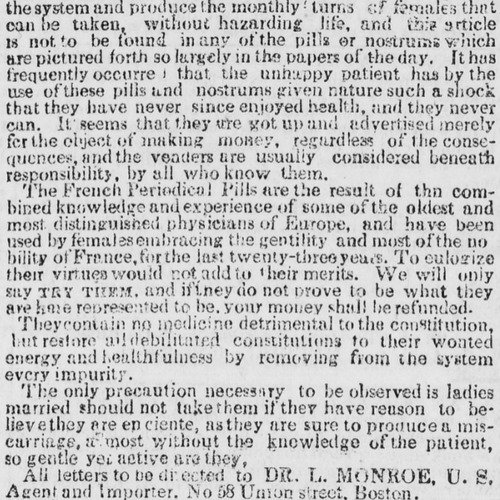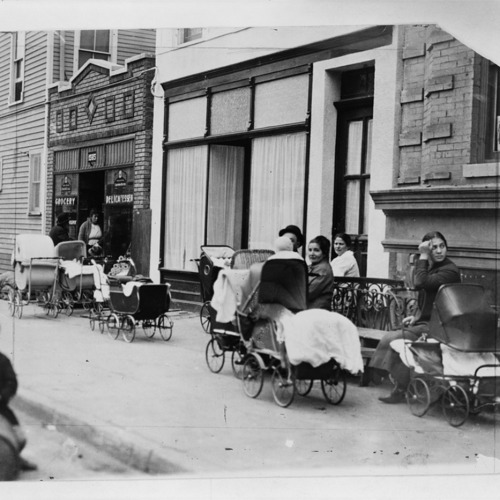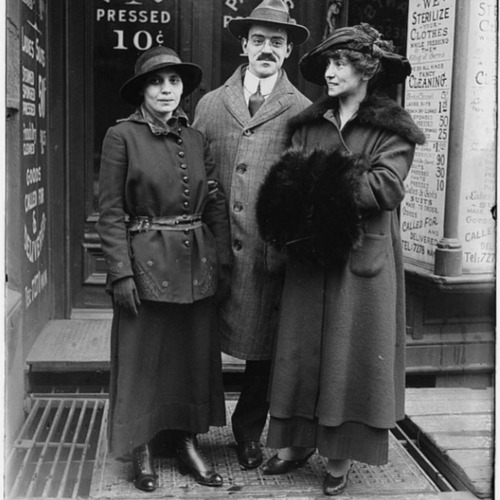Margaret Sanger
Background
Margaret Sanger, pictured on the left, was born September 14th, 1897, in Corning, New York to a working-class family. She was one of eleven siblings and watched her mother die at age 19 from the strain that she endured birthing eleven children and suffering seven miscarriages in addition. This childhood experience instilled her belief that family size was a crucial factor in determining women's poverty. Sanger went on to become a nurse, attending college at Claverack College and Hudson River Institute. In 1902 she finished her nursing program at White Plains Hospital.
During her work as a nurse in New York City, Sanger witnessed women who suffered from stories similar to her mother's, and she noticed it primarily among impoverished immigrant women. Their health worsened from too many pregnancies, miscarriages, and even botched abortions that had been performed in desperation, prompting Sanger to begin her work toward providing information about contraceptives.
She started in 1914 by publishing The Woman Rebel, which was her feminist writing that promoted and advocated for the use of birth control (a term that she coined). This is where she faced her first violation of the law since the broadcasting of such materials was banned under the Comstock Act. Although these charges against her were dropped, she was arrested two years later for her birth control clinic.
In 1921, she formed the American Birth Control League, which was the foundation for what eventually became Planned Parenthood. It was the first legal birth control clinic in the United States.
The First Birth Control Clinic
The United State's first birth control clinic was opened in Brownsville, New York, 1916. The goal of the clinic was to provide women, especially ones living in poverty who could not support larger families, critical information about methods of birth control. Hence, it was opened in Brownsville, a largely immigrant-populated area. Sanger worked at the clinic with her sister, Ethel Byrne, who was also a nurse, and her friend Fania Mindell, who acted as a translator for the European immigrants. The clinic also tried to recruit a physician but was unsuccessful due to the divisiveness of birth control.
In an attempt to avoid legal issues, the clinic strictly provided the information verbally and did not provide the actual contraceptives themselves. It operated and advertised in secret to avoid detection, and Sanger had plans to open even more clinics in other areas. However, the clinic was shut down after only ten days, and Sanger was charged and arrested for her violation of the Comstock Laws on October 26, 1916. Although she was initially released after one night in jail with an order not to reopen the clinic, she did so twice because she believed so strongly in the value of its impact. This resulted in her eviction from the building and third arrest, along with the permanent closure of the building.
